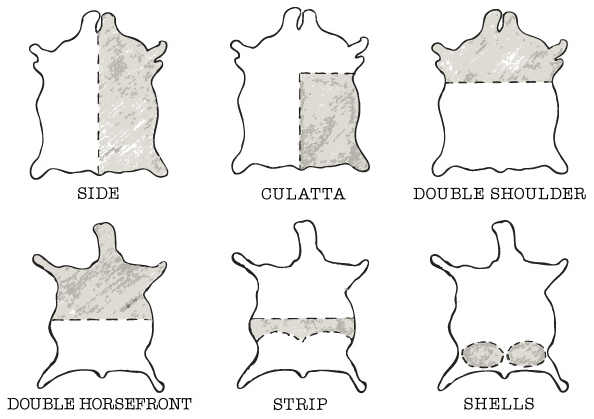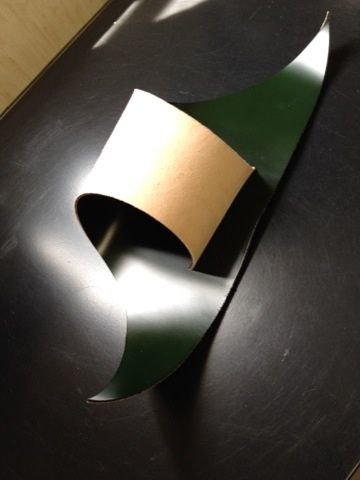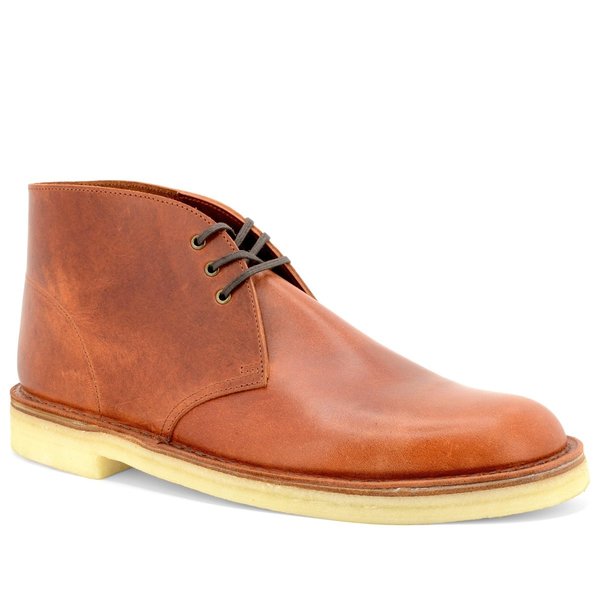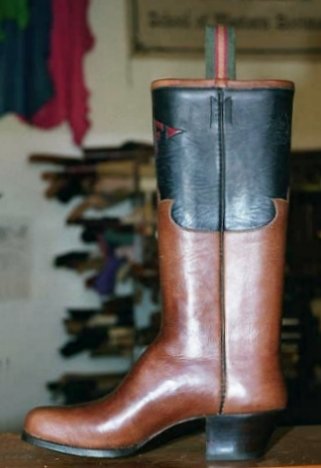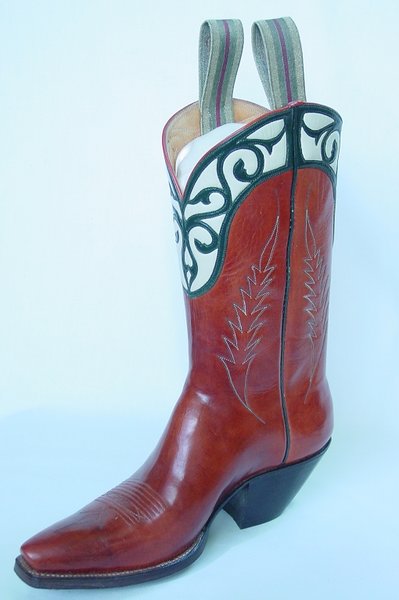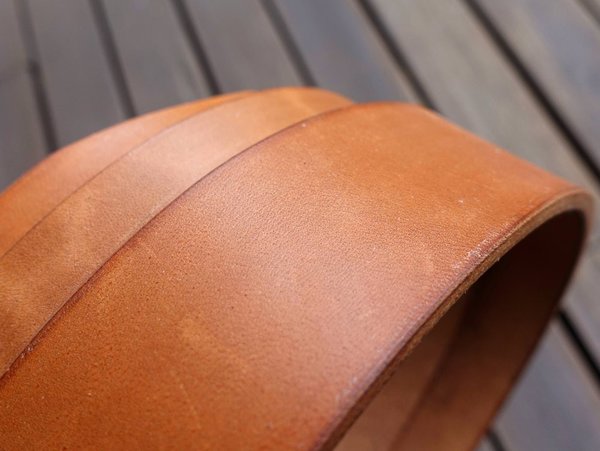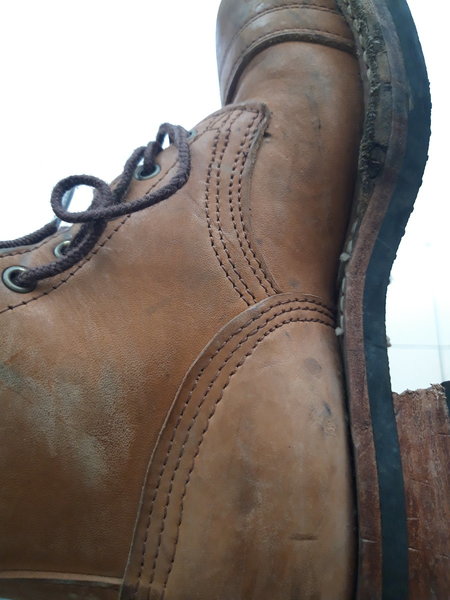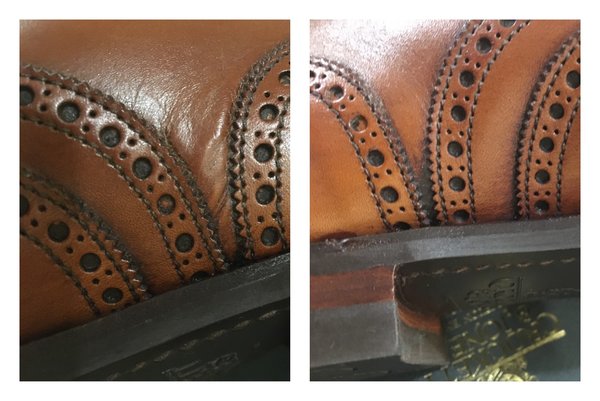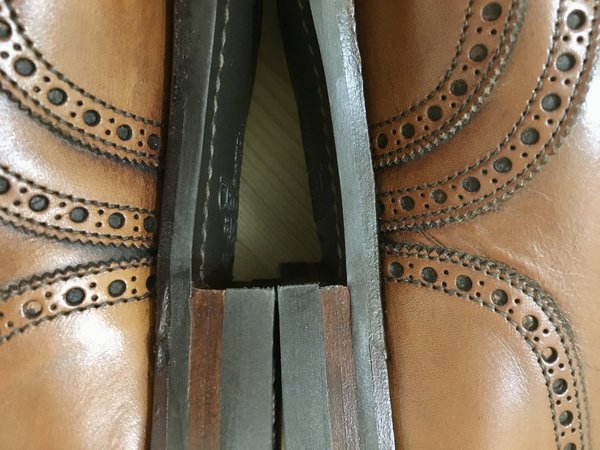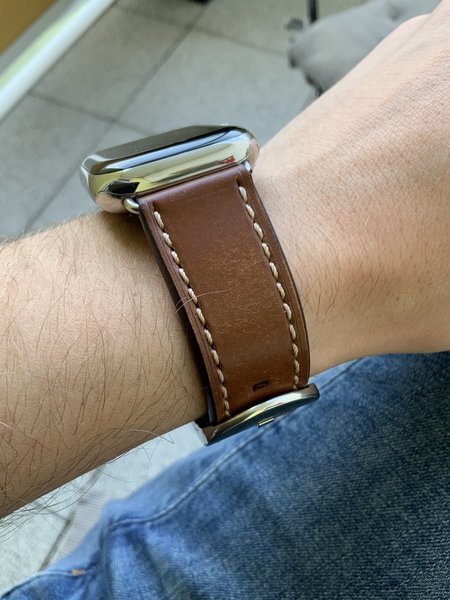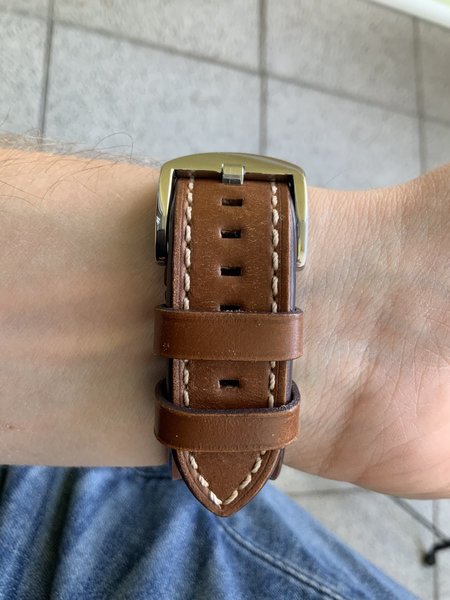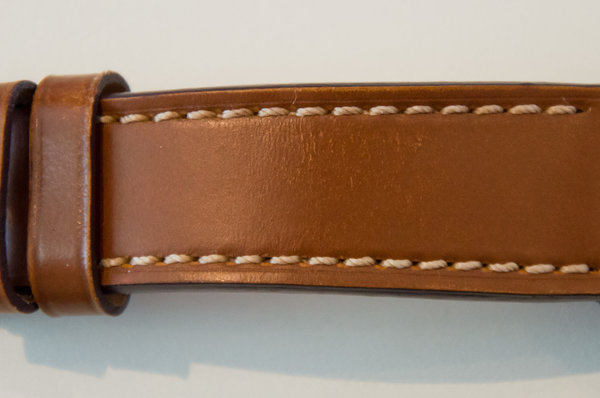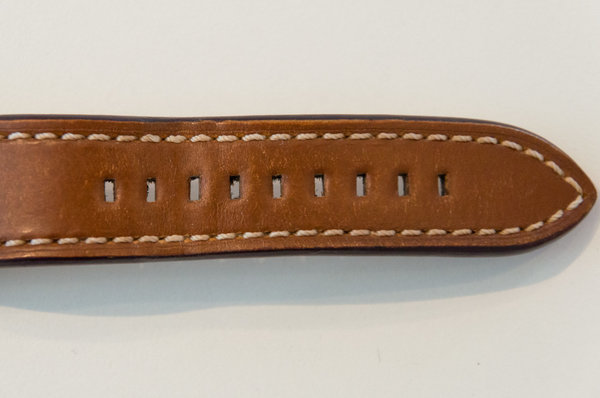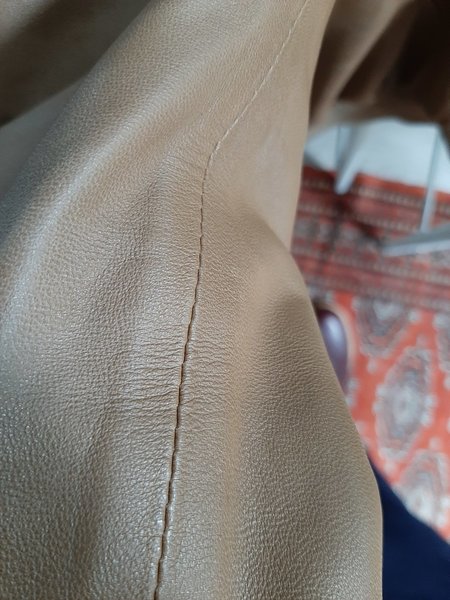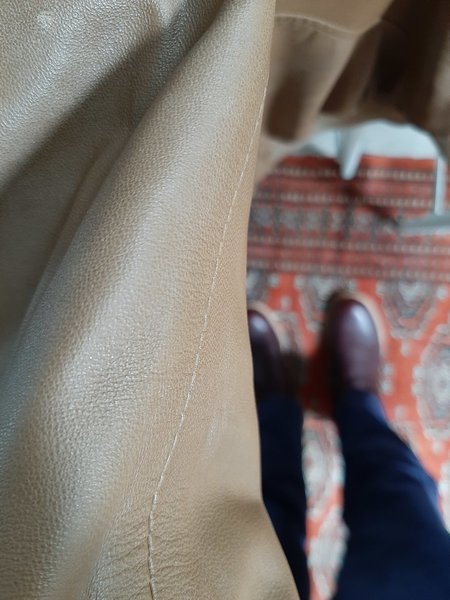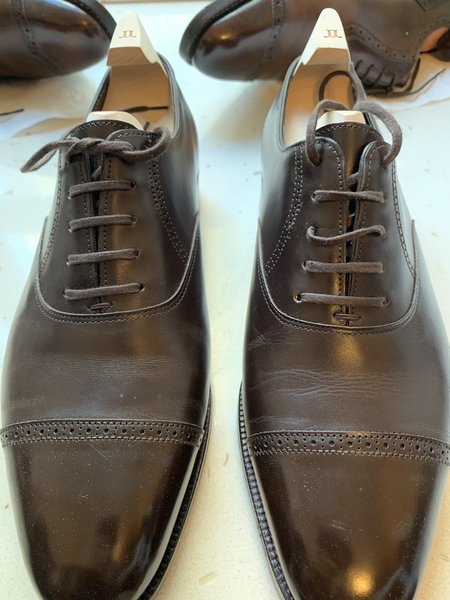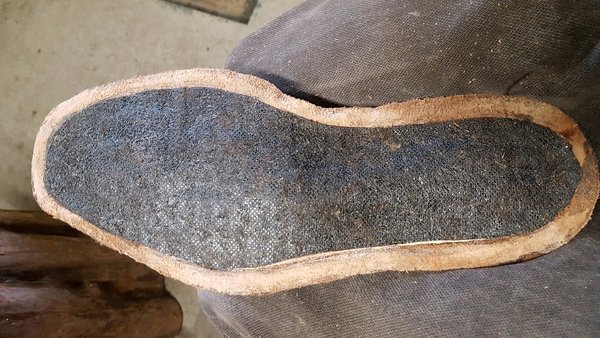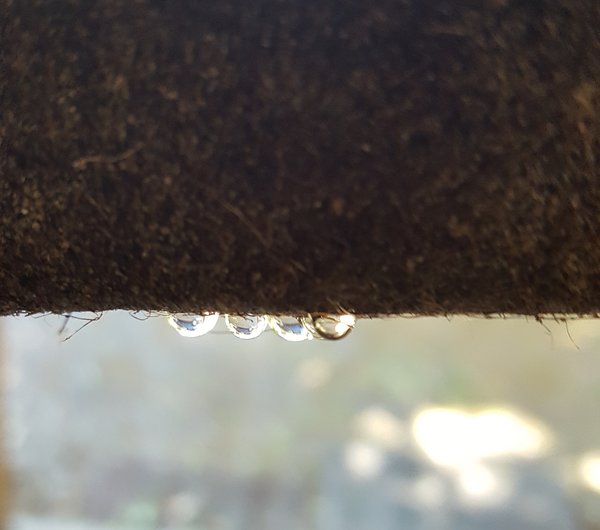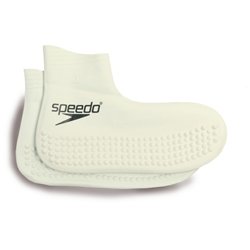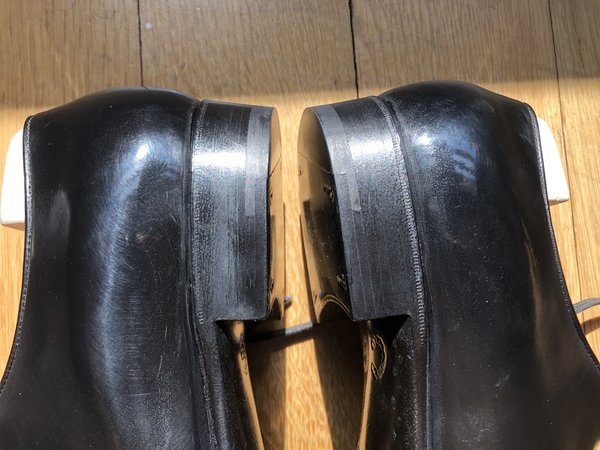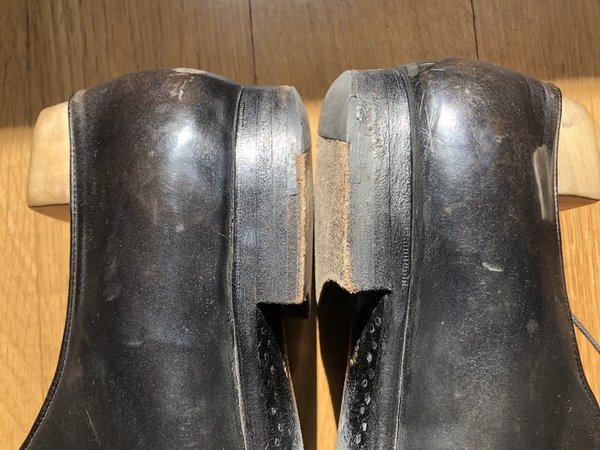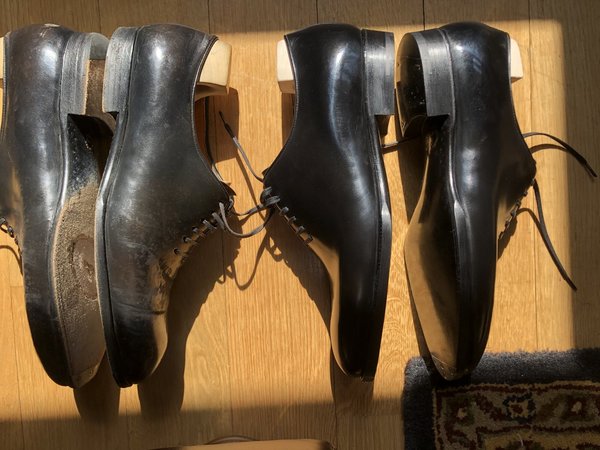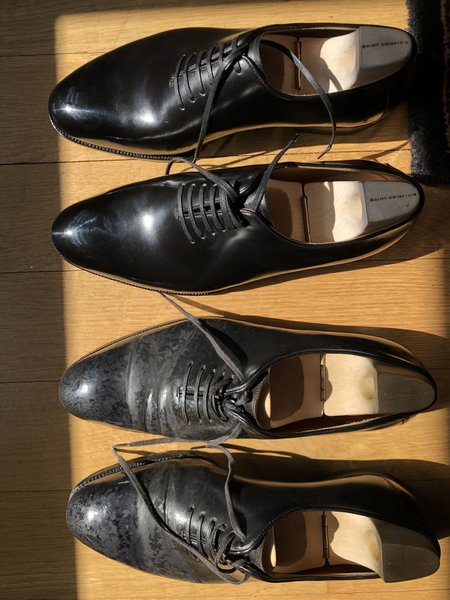glenjay
Senior Member
- Joined
- Feb 13, 2009
- Messages
- 748
- Reaction score
- 199
Well there is quite a bit of difference between cow leather and shell cordovan, and therefore reasons to treat them differently.
First, shell is actually produced from a part of the subcutaneous muscle layer in horses called the panniculus carnosus. Because it is a muscle and not a skin there is no grain side and no skin side, it is simply a thin fibrous muscle.
This is one of the reasons that it is hot stuffed rather than fat liquored. Hot stuffing also allows the tannery to add a lot more fats and waxes than fat liquoring.
Beside the additional fats and waxes, another aspect plays an even bigger role: The difference between skin and muscle.
Both skin and muscle are made up of protein filament bundles (fibrils), but they are made up of different proteins. Skin is mainly collagen and keratin proteins, while muscle is mostly actin and myosin proteins. The difference is that the muscle filaments are much smaller that the skin filaments. A collagen protein filament is about 80nm in diameter, while an actin protein filament is about 8nm in diameter (a factor of 10 times smaller). This is why cordovan shell looks so smooth.
Because the fibrils are so much more compressed (ten filaments for every one of cow hide) it tends to retain oil and wax much better.
This compressed fibrous tissue has no real grain side, and so it acts like flesh out leather, similar to waxed leather, but with a much more compressed surface. This is also why a deer bone can smooth out a scuff.
With all that being said, all oil oxidizes over time, so never adding oil to cordovan shell seems a little short sighted to me. I would put a cream coat on every once in a while, just for that reason.
...
I guess I am wondering if all of the loyal followers of his "method" over in the Alden Thread are going to be in for a rude awakening when their shoes end up cracking much earlier than expected, because they wear their shoes far more frequently (and probably expose them to more weather) than Mac does. Do you think that shell really has enough oils stuffed into it to survive constant use for many years with no product being added back into it? You may have already answered this above when you mentioned that you would put neutral cream polish on it, but I thought I'd ask for some details anyway. Thoughts?
Well there is quite a bit of difference between cow leather and shell cordovan, and therefore reasons to treat them differently.
First, shell is actually produced from a part of the subcutaneous muscle layer in horses called the panniculus carnosus. Because it is a muscle and not a skin there is no grain side and no skin side, it is simply a thin fibrous muscle.
This is one of the reasons that it is hot stuffed rather than fat liquored. Hot stuffing also allows the tannery to add a lot more fats and waxes than fat liquoring.
Beside the additional fats and waxes, another aspect plays an even bigger role: The difference between skin and muscle.
Both skin and muscle are made up of protein filament bundles (fibrils), but they are made up of different proteins. Skin is mainly collagen and keratin proteins, while muscle is mostly actin and myosin proteins. The difference is that the muscle filaments are much smaller that the skin filaments. A collagen protein filament is about 80nm in diameter, while an actin protein filament is about 8nm in diameter (a factor of 10 times smaller). This is why cordovan shell looks so smooth.
Because the fibrils are so much more compressed (ten filaments for every one of cow hide) it tends to retain oil and wax much better.
This compressed fibrous tissue has no real grain side, and so it acts like flesh out leather, similar to waxed leather, but with a much more compressed surface. This is also why a deer bone can smooth out a scuff.
With all that being said, all oil oxidizes over time, so never adding oil to cordovan shell seems a little short sighted to me. I would put a cream coat on every once in a while, just for that reason.


